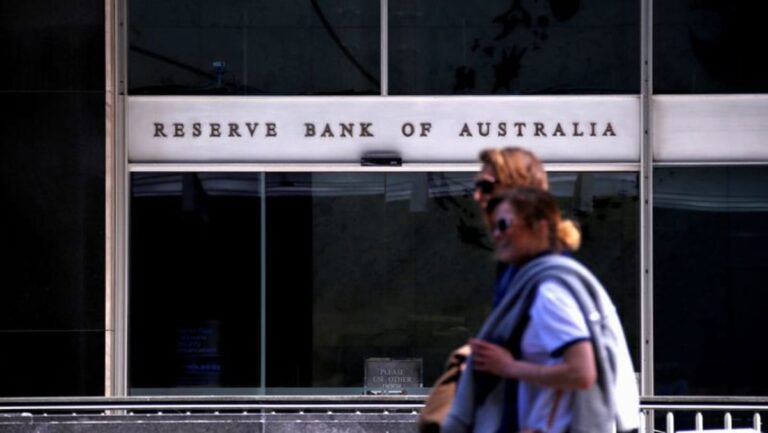
SYDNEY, (Reuters) – Australia’s booming housing market is leading to a build up of consumer debt that could become a risk to financial stability, a top central banker cautioned on Wednesday, while also noting the strength was positive for the economy overall.
In a speech on housing, Reserve Bank of Australia (RBA) Assistant Governor Michelle Bullock said regulators were closely watching bank lending standards and household debt as credit growth outpaced growth in incomes.
“A high level of debt could pose risks to the economy in the event of a shock to household incomes or a sharp decline in housing prices,” said Bullock, who heads the RBA’s financial system division.
“Whether or not there is need to consider macro-prudential tools to address these risks is something we are continually assessing.”
Regulators tightening lending rules in 2014 and 2017 to rein in borrowing, particularly for interest-only loans.
Bullock said this time the risks stemmed from highly indebted borrowers so the tools used should focus on debt serviceability and limits on how much could be borrowed.
She noted that investor activity in the housing market was currently nowhere near the levels it was in 2014 when Australia’s main banking regulator, APRA, introduced an investor lending benchmark.
Bullock played down concerns about the health of the banking system overall, noting banks were highly capitalised and there was no evidence that lending standards had been weakened.
The housing boom had also helped the economy recover.
“The strength in the housing market is positive for the economy, and indeed an important channel for monetary policy to support the economy through housing construction, home improvements and purchases of household items,” said Bullock.
The property market has been running hot this year amid record low interest rates and strong demand for suitable work-from-home housing.
Data from property consultant CoreLogic showed home prices were up more than 18% in August on a year before, the fastest pace since mid-1989.
The national statistician estimated the total value of Australia’s 10.7 million dwellings rose a record A$596 billion ($430.96 billion) in the June quarter, to A$8.9 trillion.
The surge has been a windfall to wealth for those that own their homes, but has also pushed housing out of the reach of many first time buyers and fed concerns about affordability.
It was also built on a mountain of debt with new home loans booming to all-time highs in the first half of this year.






